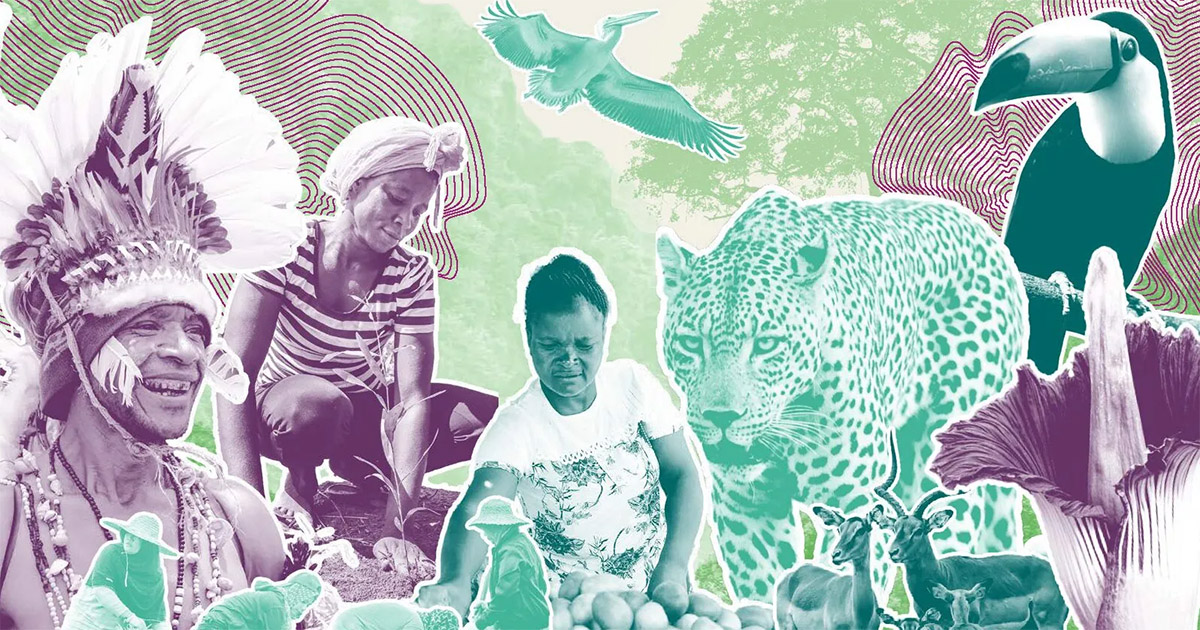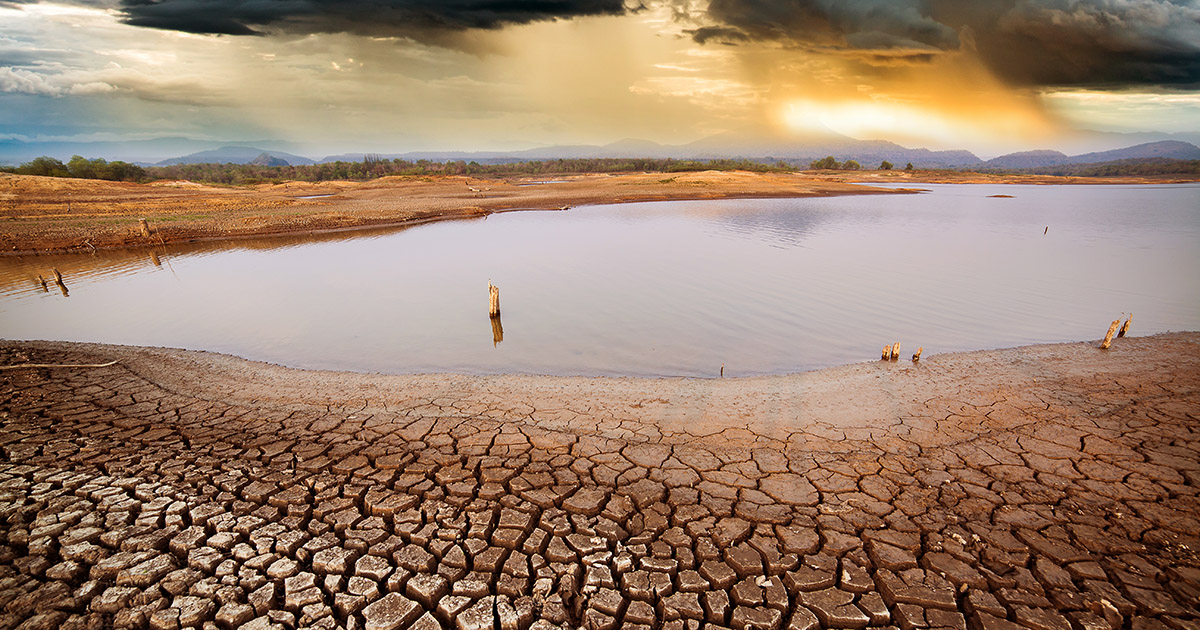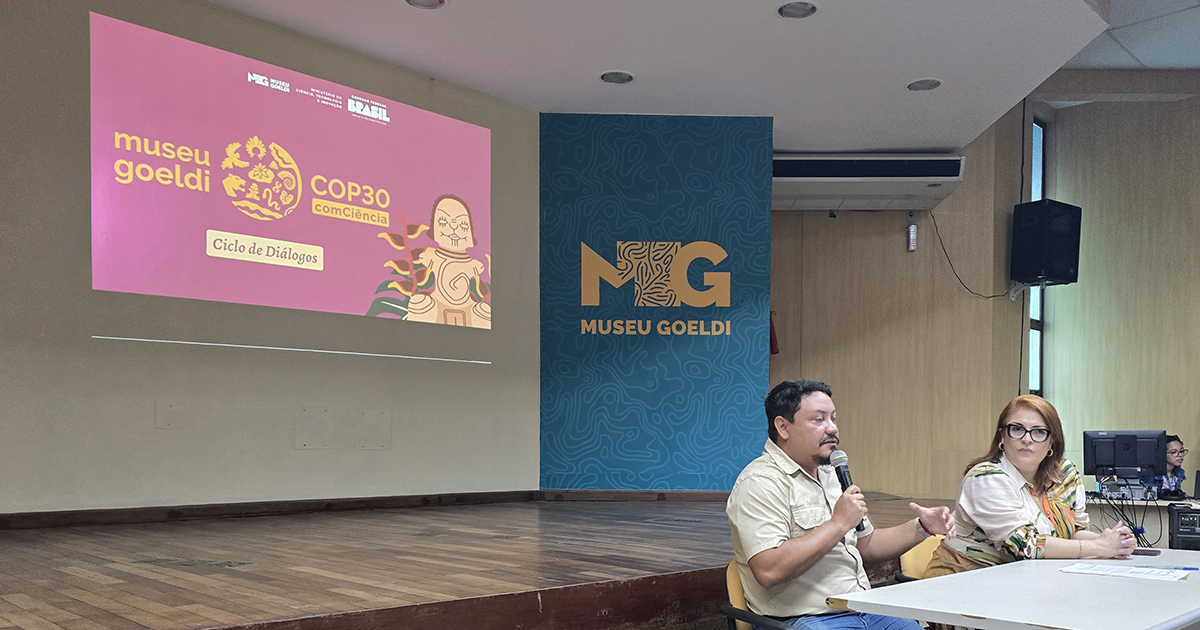Regional studies of land cover change are often limited by available data and in terms of comparability across regions, by the transferability of methods. This research addresses the role of roads and infrastructure improvements across a tri-national frontier region with similar climatic and biophysical conditions but very different trajectories of forest clearing. The standardization of methodologies and the extensive spatial and temporal framework of the analysis are exciting as they allow us to monitor a dynamic region with global significance as it enters an era of increased road connectivity and massive potential forest loss. Our study region is the MAP frontier, which covers Madre de Dios in Peru, Acre in Brazil, and Pando in Bolivia. This tri-national frontier is being integrated into the global economy via the paving of the Inter-Oceanic Highway which links the region to ports in the Atlantic and Pacific, constituting a major infrastructure change within just the last decade. Notably, there are differences in the extent of road paving among the three sides of the tri-national frontier, with paving complete in Acre, underway in Madre de Dios, and incipient in Pando. Through a multi-temporal analysis of land cover in the MAP region from 1986 to 2005, we found that rates of deforestation differ across the MAP frontier, with higher rates in Acre, followed by Madre de Dios and the lowest rates in Pando, although the dominant land cover across the region is still stable forest cover (89% overall). For all dates in the study period, deforestation rates drop with distance from major roads although the distance before this drop off appears to relate to development, with Acre influencing forests up to around 45 km out, Madre de Dios to about 18 km out and less of a discernable effect or distance value in Pando. As development occurs, the converted forest areas saturate close to roads, resulting in increasing rates of deforestation at further distances and patch consolidation of clearings over time. We can use this trend as a basis for future change predictions, with Acre providing a guide to likely future development for Madre de Dios, and in time potentially for Pando. Given the correspondence of road paving to deforestation, our findings imply that as road paving increases connectivity, flows of people and goods will accelerate across this landscape, increasing the likelihood of dramatic future changes on all sides of the tri-national frontier
Download:
DOI:
https://doi.org/10.3390/rs3051047
Dimensions Citation Count:

























